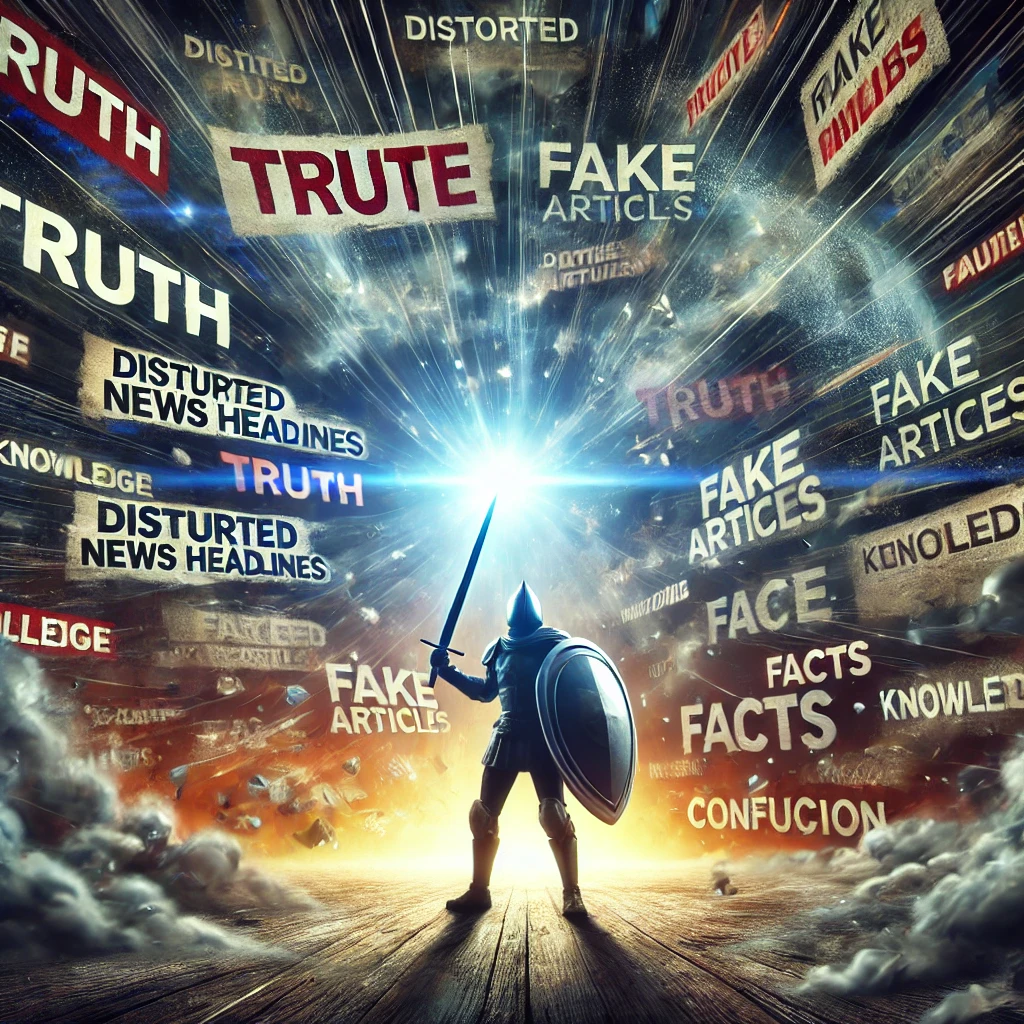Author: Prof. Asoc. Dr. Arben Fetoshi
Despite the different definitions on the types of malicious information, information pollution is today a reality that seriously threatens democracy, security and the economy around the world. Information disorder is an influential concept that includes disinformation – as false information that is disseminated with the intention of causing harm, misinformation – as false information that is disseminated without the intent to cause harm but whose effects may nevertheless be harmful, and malinformation – as true information that is distributed with the purpose of harming a person, organization or a state.
While the European Commission defines disinformation as “verifiably false or misleading information that is created, presented and disseminated for economic gain or to intentionally deceive the public, and may cause public harm”, NATO sees it as “false or inaccurate information that a hostile actor uses deliberately to deceive people”. In both cases, deceiving the public is the goal, regardless of whether it is related to economic or political gain.
Even in the second report of the European External Action Service (EEAS, January 2024) on the Threats of Foreign Information Manipulation and Interference (FIMI), Ukraine is identified as the main target of these activities, imposing the need for the intensification of countermeasures. According to the High Representative for Foreign Policy and Security, Josep Borrell, disinformation is today a weapon of the Kremlin “that kills the capacity of the people to understand what is going on, and as a consequence, the position of governments and the decisions of international organization.”
The need for a coordinated approach
Disinformation is not a new phenomenon, but digital technology has given it extremely disturbing proportions, especially after the annexation of Crimea (2014) and Russian interference in the presidential elections in the United States (2016). The European Union sees it as destructive of the normal functioning of democracy, the political system and the economy. For this reason, the highest institutions of the EU (European Council, Commission and Parliament) have followed a comprehensive approach in the fight against disinformation, drawing up an Action Plan and many reports that highlight the threats from these activities. At the end of 2021, the Secretary General of the UN also issued a Report Against Disinformation, which suggested the promotion of digital education and cooperation with information tech companies. The risk of disinformation cannot serve as a pretext for restricting freedom of expression, from which the freedom of the media also derives. However, a coordinated interaction of international organizations, states, media and information tech companies can provide an efficient response to this risk. NATO also requires such a thing through the “Understand and Engage” model.
Modern disinformation operations only need free X or Facebook accounts and access to platforms such as WhatsApp and Telegram. Therefore, the fight against this risk means a parallel effort on two fronts: on the technical front, through policies and algorithms that eliminate the possibilities of online misuse (clickbait, bots, fake stories, deepfake) and on the social front, through engagement with the media and the public, raising awareness to identify fake content. In this regard, this year’s report from The Carnegie Endovvment for International Peace, has recommended training for media literacy as a long-term investment in the education system and support for local journalism as an investment for the re-empowerment of quality journalism.
Social responsibility of the media
Disinformation is anathema to quality journalism, that provides trustfully information to the public based on professional and ethical standards. New information technologies and the rapid spread of Internet communications have taken disinformation to another alarming level, posing serious challenges to professional journalism. According to UNESCO, the causes that have enabled the growth of disinformation are:
– the decline of the traditional media model (reduction of revenues from the migration of advertising to digital actors, which resulted in the reduction of capacities and the promotion of “click-bait” journalism);
– the digital transformation of the media (production of content for multiple platforms, reducing the ability to properly check facts and promoting “virality”), and
– the creation of new news ecosystems (which allow disinformation to flourish as users are more likely to share sensational stories and less likely to properly evaluate sources or facts).
So, the influence of digital technology has made the media environment more fragmented, but it has not changed the media’s ability to dictate public attention (Grossman, 2022, p.25). The media have continued to be a key factor in shaping public opinion, but their work has changed as a result of adapting to the new environment. Commercial journalism prioritizes irrelevant news, headline size, pictures, and entertaining content that attracts audiences, while minimizing information. The interest to increase the “sale” has determined content according to the demand of the “market” and this is precisely what has caused the escape from social responsibility. The media must be free in the exercise of their functions and have the right to criticize the government, but they also have a responsibility for preserving democracy, informing the public correctly and responding to the interests of society. Especially for developing countries, a socially responsible media, which knows that information is necessary, not only to enable people to make rational decisions, but also to promote economic and social development, is an urgent need. In a study on the public’s perception of the social responsibility of the media in Albania, the majority of citizens said that the media do not adequately reflect the public interest. According to them, in the digital age the media should invest more in fact-checking teams and promote transparency, highlighting the importance of accuracy and verification of information (Skana & Gjerazi, 2024).

